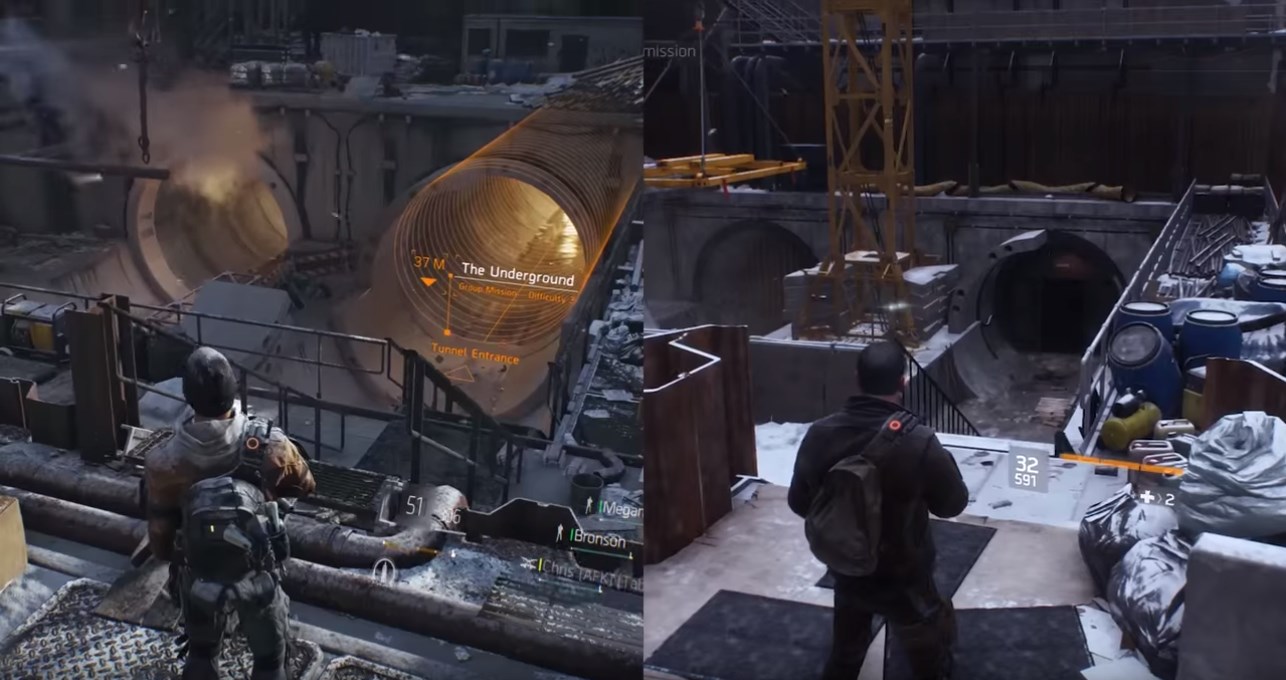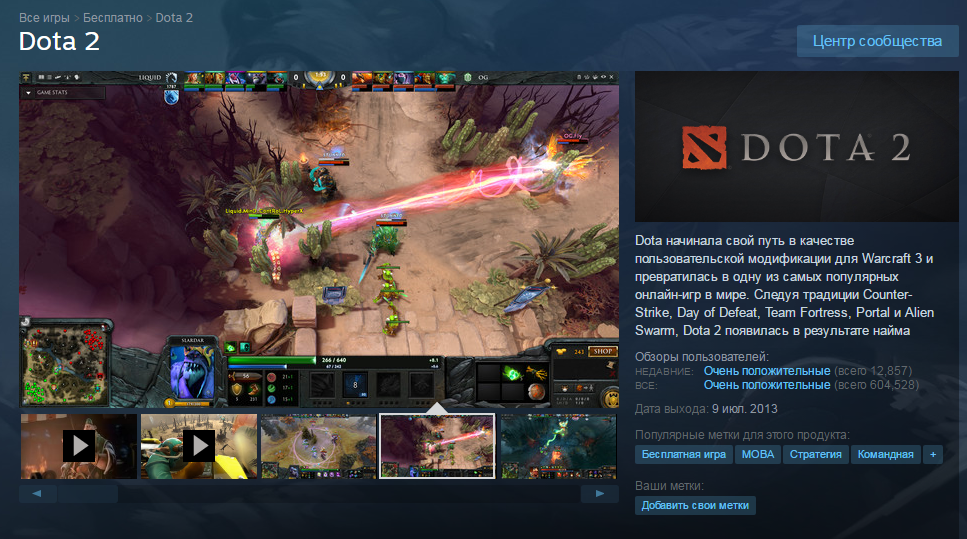Now Valve requires developers to post real screenshots on game pages

Typical situation "before" and "after" release
Situations "Waiting for Vs Reality" have become so commonplace for gamers around the world that there is simply no power to be surprised. Marketers of various gaming studios, as if in a competition, alternately excel in ways of slipping to a potential buyer of their game information of better quality than it actually is. First of all, this concerns demo-videos and screenshots of games posted in preview mode on the project pages in the Steam game store.
Perhaps this game in “guess, I have a screenshot or picture” would have continued for a very long time, if not for the situation with the highly anticipated title No Man's Sky. The failure of the Hello Games and the information about the intentional misrepresentation of players has spread all over the world at least twice. For the first time - during the release of the game, and the second - when the developer NMS was accused of unfair advertising and connected to the proceedings, the British agency for advertising standards.
It is clear that the situation with the massive returns of the NMS and the increase in the overall level of suspicion of projects, confidence in the future Valve did not add and did not increase revenue. And the company-owner of Steam went to a step that had long been expected of it - it began to demand real information about the final product.
')
At the same time, Valve stipulates that screenshots of the real final product should be placed in the store, and not any other versions. That is, a screenshot, albeit at the maximum settings, must correspond to what a person sees when starting his purchase.
This is due to the fact that many developers are sometimes cunning, showing at exhibitions "pre-release gameplay" with photo-realistic graphics, which, apparently, is spinning on some kind of monstrous server with a whole sandwich from GTX 1080 on board. In the release version, they “cut” the graphic part so that the game could run on as many computers as possible. Of course, the “cutting back” of everything and everything is tactfully silent.
Of course, with such a move, Gabe Newell cares primarily about its own reputation, but this requirement also increases the transparency of the advertising campaigns conducted by developers. Valve reinforces his words with actions. The free MOBA Dota 2, developed by Valve, has been redesigned. If earlier it was a significant part of the artifacts that did not match the gameplay, then now the real game screenshots are uploaded to the game's Steam page.

“Previously, we didn’t have super-clear principles for the screenshots being posted, so we would like to take the opportunity to clarify some of the rules of this space,” writes Alden Kroll, Valve's UI designer. “Using the in-store screenshots for other images that are not screenshots can make it difficult for customers to understand what the product really is and what they are looking at.”
Of course, innovation does not yet oblige all developers to update existing game pages, but Valve's position can help in future to avoid situations with a massive return, as is the case with No Man's Sky. Valve also directly urges developers to take care of their own reputation and stop misleading customers about the quality of the pictures in the game.
Source: https://habr.com/ru/post/372831/
All Articles